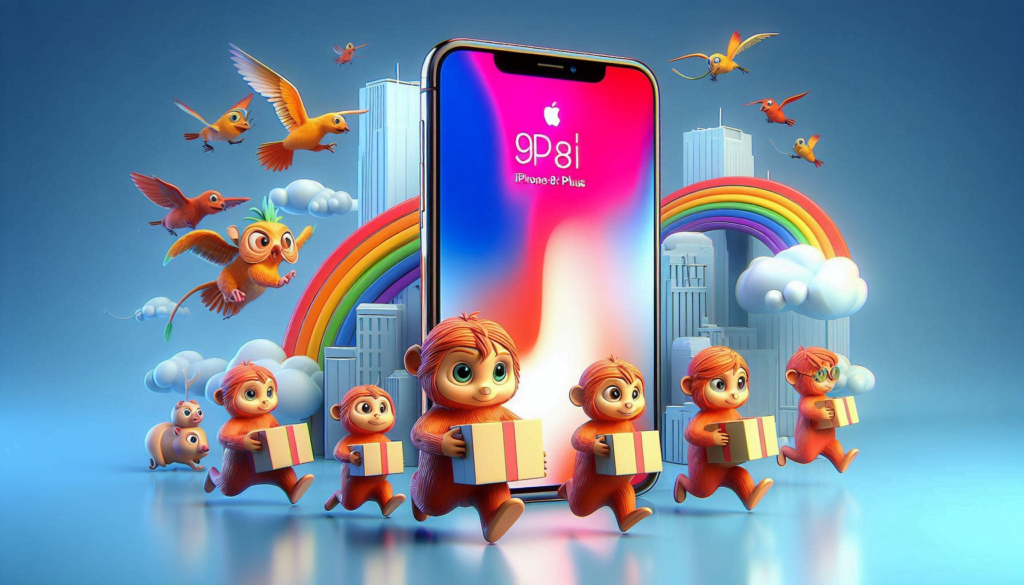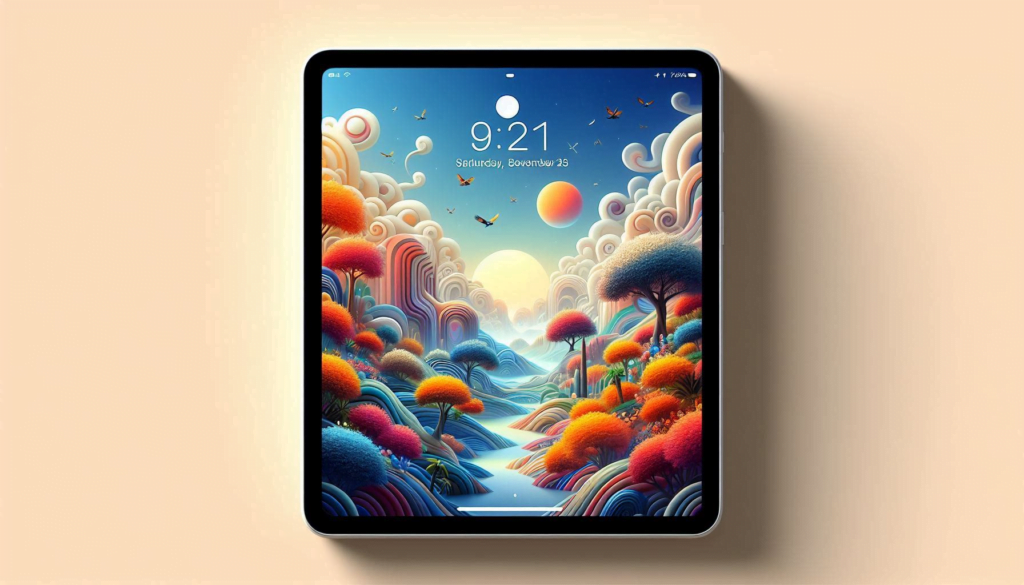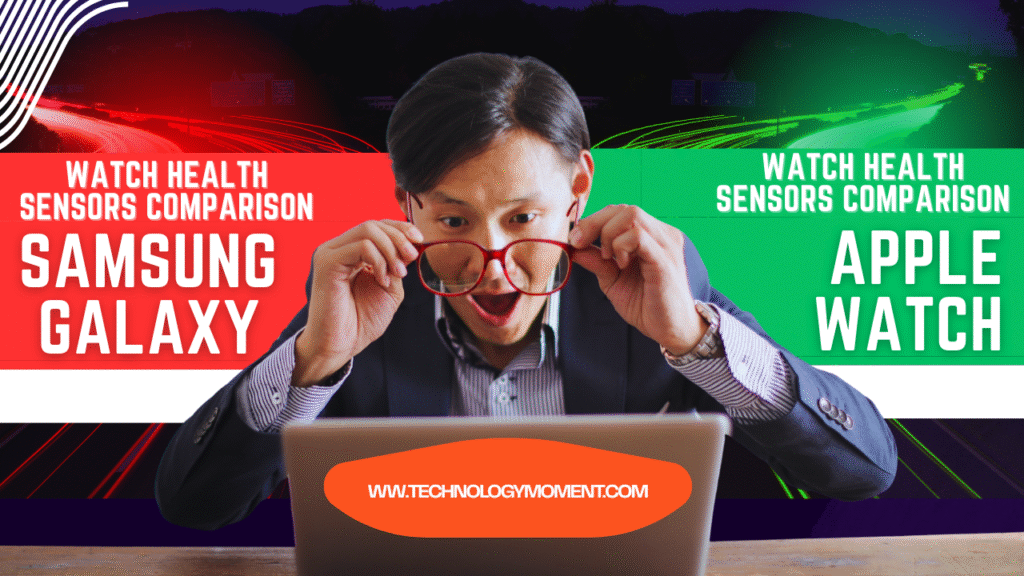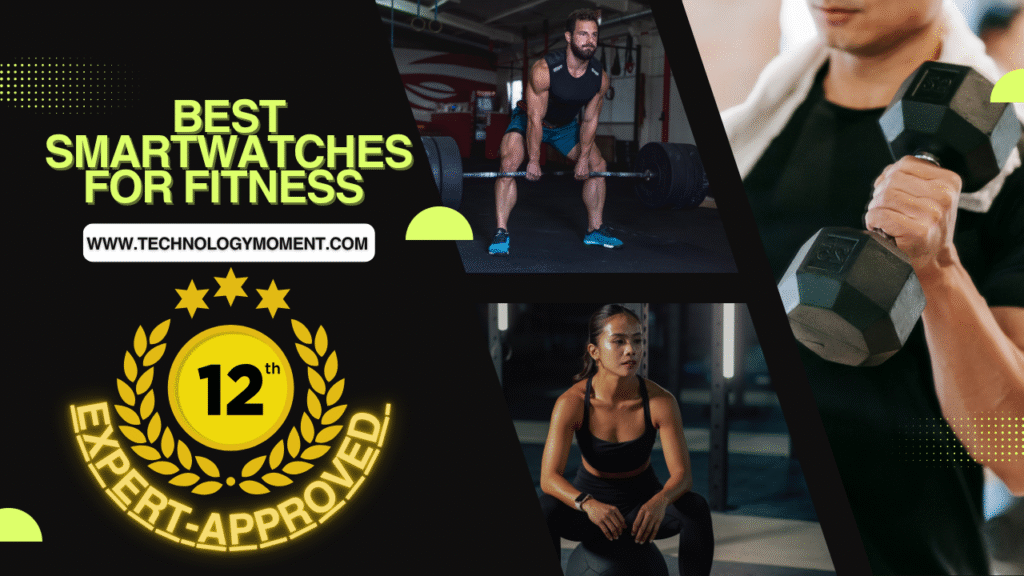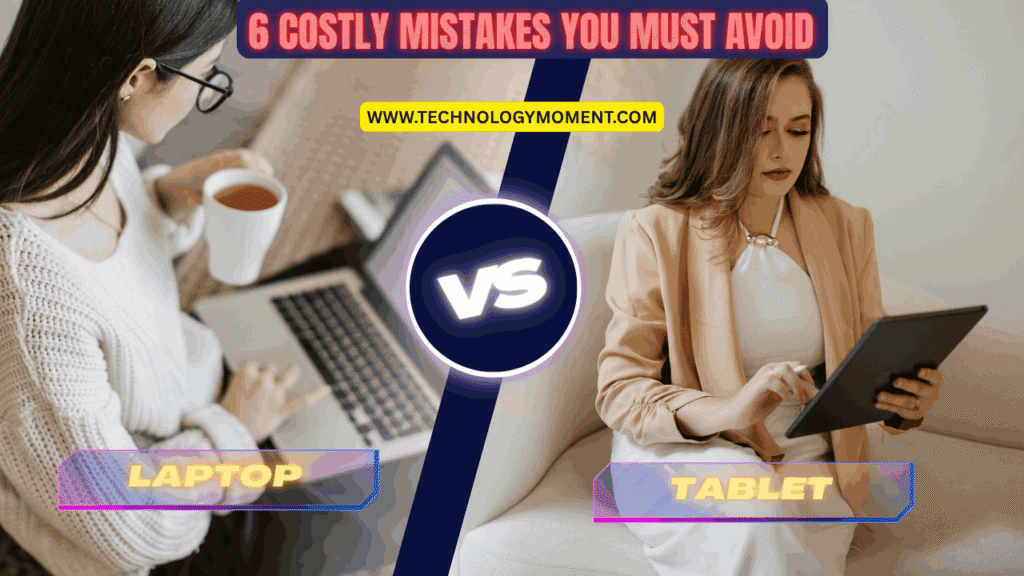
Hey there, tech explorer! Welcome to Technology Moment, the place where we simplify tech so you can make smarter choices. Whether you’re a student, creator, or professional, we know that finding the right device can be a bit overwhelming — especially when it comes to deciding between a tablet and a laptop.
Let’s be honest — both gadgets look sleek, promise great performance, and claim to be portable powerhouses. But here’s the truth: they’re built for different kinds of users and tasks. And if you’re not careful, choosing the wrong one can cost you more than just money — it can cost you time, productivity, and peace of mind.
In this guide, “Tablet vs Laptop Differences: 6 Costly Mistakes You Must Avoid,” we’ll break things down in plain English. You’ll learn what truly sets tablets and laptops apart, where each one shines, and how to avoid the most common buying blunders people make.
No jargon. No tech fluff. Just real talk about real devices — because at Technology Moment, our goal is simple: help you stay ahead in a fast-changing tech world without getting lost in the noise.
So grab your coffee, sit back, and let’s dive in — your perfect device might be just a few scrolls away.
Table of Contents
What Is a Tablet?
A tablet is like a thin slice of technology that fits right between your smartphone and your laptop. It’s a sleek, lightweight device designed for touch-based interaction. You simply tap, swipe, or pinch to get things done — no need for a keyboard or mouse. Tablets are powered by mobile operating systems like Android, iPadOS, or Windows, making them super easy to use for entertainment, online shopping, reading, or even digital sketching.
Think of tablets as your travel-friendly buddy. You can binge-watch Netflix, attend virtual meetings, play games, or read e-books from the comfort of your couch. Some advanced models, like the iPad Pro or Samsung Galaxy Tab S9, even offer stylus support and attachable keyboards — perfect for students, artists, and casual users alike.
But here’s the truth — tablets shine in simplicity and portability, not in raw power. They’re ideal for quick tasks and mobile lifestyles, not for heavy-duty workloads like coding, video editing, or 3D rendering. If you’re after convenience and flexibility, a tablet might just be your go-to gadget.
What Is a Laptop?
A laptop is your portable powerhouse. It’s designed to handle serious tasks — from editing videos to running complex business software. Unlike tablets, laptops come with built-in keyboards, large storage, and full-fledged operating systems such as Windows, macOS, or Linux.
A laptop isn’t just a screen; it’s a complete workstation you can carry anywhere. Whether you’re a student, a graphic designer, a business owner, or a gamer, a laptop lets you do more — multitask, manage files, run programs, and stay productive.
Modern laptops are thinner, faster, and more energy-efficient than ever. Brands like Apple, Dell, HP, and Lenovo have blurred the line between style and power, giving users ultra-slim designs without sacrificing performance.
So if your daily routine involves spreadsheets, presentations, or creative software, a laptop will always have your back. It’s built for productivity, performance, and long-term reliability — things that tablets can only partially deliver.
Tablet vs Laptop Differences
Let’s clear the fog — both tablets and laptops can help you work, play, and stay connected. But the differences lie in how and why you use them.
Performance and Power: Laptops are like muscle cars — built to perform. They come with powerful processors, better RAM, and superior graphics capabilities. Tablets, on the other hand, are more like scooters — fast and easy to handle, but not built for heavy lifting. You can browse, stream, or take notes on a tablet, but when it comes to multitasking or high-end software, laptops take the lead.
Portability and Design: Tablets win the portability race. They’re featherlight and compact, ideal for travel or quick browsing. Laptops are portable too, but they’re heavier and bulkier, especially gaming or performance-focused models.
Battery Life: Tablets usually last longer on a single charge because they consume less power. Their energy-efficient chips are optimized for casual use. Laptops, however, can drain faster if you’re running demanding software — though ultrabooks and M-series MacBooks are changing that game.
Storage and Expandability: Laptops come with more storage — often 512GB or 1TB — and some allow you to upgrade. Tablets usually rely on cloud storage or external SD cards. If you deal with large files or projects, a laptop gives you more breathing room.
Operating System and Apps: Laptops run full desktop operating systems, giving you access to professional software like Photoshop, AutoCAD, or Excel. Tablets rely on mobile apps, which are simpler and sometimes limited. For creative tasks or heavy-duty projects, laptops offer the versatility you need.
Input and Control: Tablets are touch-first devices. You can use your fingers or a stylus for direct interaction. Laptops depend on keyboards and trackpads, which are faster for typing-intensive tasks. Hybrid tablets with detachable keyboards try to bridge this gap, but they still feel different from traditional laptops.
6 Costly Mistakes to Avoid When Choosing Between a Tablet and a Laptop
Mistake #1: Ignoring Performance Needs
Many people buy a tablet thinking it’ll handle everything a laptop can. But when they try editing videos or managing large files, frustration hits. Tablets aren’t meant for high-performance workloads. Always match your device to your needs. If you’re into content creation, programming, or business software, invest in a laptop.
Mistake #2: Choosing Portability Over Productivity
Sure, a tablet is light and stylish. But if you’re compromising on comfort and efficiency, is it really worth it? Writing long reports or coding on a touch screen gets tiring fast. If your job demands regular typing, data entry, or multitasking, a laptop is a better fit.
Mistake #3: Overlooking Software Compatibility
Here’s a classic error — people assume all apps run on every device. Not true. A desktop app like Adobe Premiere Pro or Microsoft Access may not even exist on a tablet OS. Before buying, check if your required tools are compatible.
Mistake #4: Forgetting About Connectivity Options
Tablets often have limited ports — maybe just a USB-C or headphone jack. Need HDMI, Ethernet, or multiple USB ports? That’s a laptop domain. Think about the accessories you’ll connect — printers, cameras, or external drives — and choose wisely.
Mistake #5: Failing to Consider Budget vs Longevity
Cheap tablets seem tempting, but they often don’t age well. Laptops, although costlier, last longer and can be upgraded. If you plan to use the device for years, spending a little extra now will save you more later.
Mistake #6: Falling for Marketing Hype
Flashy ads make tablets look like laptop killers — they’re not. Always read genuine reviews and compare specs before deciding. Remember, the right device isn’t the most popular one — it’s the one that suits your lifestyle and goals.
When Should You Choose a Tablet?
If you love convenience, simplicity, and mobility, a tablet might be your perfect match. Imagine this — you’re sitting in a café, streaming your favorite show, or catching up on work emails. You don’t need a full keyboard or a bulky charger. Just tap, swipe, and you’re done. That’s the beauty of a tablet — it’s light, fast, and easy to carry anywhere.
Tablets shine when it comes to entertainment and casual tasks. Reading eBooks, sketching, watching movies, or browsing social media feels natural on a tablet’s touchscreen. For students, it’s a handy tool to take quick notes, access online classes, and store all study materials digitally.
Another strong reason to choose a tablet is battery life. Tablets usually last longer on a single charge than most laptops. So, if you travel often or love to work on the go, that’s a big win. Plus, tablets like the iPad Pro or Samsung Galaxy Tab come with powerful processors that handle multitasking surprisingly well.
Let’s be real — if you’re not into heavy gaming, coding, or video editing, a tablet covers 90% of your daily needs. It’s not just a secondary device anymore. Modern tablets can even replace laptops for writers, teachers, or remote workers who value portability over raw performance.
In short, go for a tablet if you want a lightweight, battery-efficient, and touchscreen-focused experience that keeps up with your everyday life.
When Should You Choose a Laptop?
Now, if your day involves serious multitasking, work projects, or creativity, then a laptop wins hands down. Unlike tablets, laptops are designed for productivity and power. You can run multiple applications, edit videos, design graphics, or crunch data without slowing down.
Think about professionals, gamers, developers, or students in engineering — they need software like AutoCAD, Photoshop, or Visual Studio. These tools demand high-end processors, dedicated graphics, and lots of RAM. That’s where laptops shine.
Typing is another key factor. If you write reports, emails, or code regularly, a physical keyboard makes a huge difference. Touchscreens are great, but they can’t beat the comfort and accuracy of a laptop keyboard.
Another advantage? Storage and connectivity. Laptops come with larger storage drives and multiple ports for USBs, HDMI, or SD cards. This flexibility is priceless when you’re managing big files or connecting to external devices.
In essence, if you want a workhorse device that can handle professional workloads, gaming, or creative editing, a laptop is the smarter choice. It’s built to deliver power, performance, and long-term reliability, something tablets still struggle to match completely.
Hybrid Devices – The Best of Both Worlds?
Here’s where things get exciting — hybrid devices, also known as 2-in-1 laptops. These gadgets blur the line between tablets and laptops. You can flip, detach, or fold them to switch between typing mode and tablet mode in seconds. It’s like having two devices in one sleek body.
Picture this: you’re working on a report using the keyboard in laptop mode, then detach the screen to relax with a movie in tablet mode. That’s the power of hybrids — they adapt to your lifestyle instead of the other way around.
Devices like the Microsoft Surface Pro, Lenovo Yoga, and HP Spectre x360 are popular examples. They pack the performance of a laptop and the portability of a tablet. Plus, they often include stylus support, perfect for digital artists and note-takers.
But yes, there’s a catch. Hybrids can be pricier, and battery life may vary depending on usage. Still, if you’re someone who values flexibility, style, and versatility, a 2-in-1 is a brilliant investment. It saves space, reduces clutter, and gives you the freedom to switch between work and play effortlessly.
Simply put, hybrid devices are the sweet spot between the raw power of laptops and the ease of tablets — perfect for modern users who crave functionality and freedom in one package.
Expert Tips Before Buying
Choosing between a tablet and a laptop isn’t just about specs or style — it’s about how you plan to use the device every single day. Before you hit that “Buy Now” button, take a moment to slow down and think about what truly matters. Here are some expert insights that can help you make a smart, long-lasting choice.
When you’re shopping, don’t rush. Read user reviews and professional comparisons online. Real people share real experiences, and that’s where you’ll find the truth about performance, battery life, and durability. Sometimes, what looks perfect in an ad doesn’t hold up in real life.
Next, always compare specifications carefully. Look beyond the fancy screen or the slim body. Think about RAM, processor speed, storage space, and battery performance. These small details often decide whether your device will last two years or five. For instance, a tablet with 4GB RAM may be fine for streaming and reading, but a laptop with 16GB RAM is a must for editing videos or multitasking.
Also, understand your workflow. If you’re mostly checking emails, browsing the web, or watching shows, a tablet is light and handy. But if your day includes meetings, design work, or writing reports, a laptop will handle those tasks with ease. Don’t try to make one device do what it’s not built for — that’s where most regrets come from.
One more thing: try before you buy. Visit a local store or a friend who owns the model you’re considering. Touch it. Type on it. Feel the weight. Notice how fast it opens apps or switches between tabs. That first-hand experience tells you more than any online review ever could.
And finally, keep future upgrades in mind. Technology evolves fast. Check whether your device allows storage expansion or software updates. Spending a little more now can save you from buying again too soon.
When you choose with awareness, you don’t just buy a gadget — you invest in your comfort and productivity.
Conclusion
At the end of the day, the tablet vs laptop debate isn’t about which is “better” — it’s about which is right for you. Tablets shine in simplicity and portability, while laptops rule in performance and versatility. Each has its strengths, and choosing the wrong one can lead to frustration and wasted money.
If you value speed, multitasking, and professional tools, go for a laptop. If you love creativity, reading, and travel-friendly comfort, a tablet is your match. The key is knowing your needs and avoiding the six costly mistakes we discussed earlier.
Remember, your device should fit your life — not the other way around. Think smart, compare wisely, and buy confidently. Your next device isn’t just a screen; it’s a partner in your digital journey.
FAQs
Which is more durable, a tablet or a laptop?
A laptop usually lasts longer because it’s built for heavier use. Tablets are durable too, but they’re better for light tasks. It all depends on how you use them and how well you care for them.
Can a tablet replace a laptop for work?
Sometimes, yes — especially if your work is web-based or involves note-taking and video calls. But for advanced software like Photoshop, coding, or video editing, a laptop is still the better choice.
What’s the best budget option for students?
If your studies involve writing, research, and streaming, a mid-range tablet with a keyboard attachment can be perfect. But if you need more power for projects or presentations, go for a lightweight laptop.
Do hybrid 2-in-1 devices really work well?
Absolutely! Modern hybrids combine the flexibility of a tablet and the strength of a laptop. They’re ideal for travelers, digital creators, or anyone who wants both portability and performance in one device.
How often should I upgrade my device?
On average, laptops last around 5 years, while tablets last 3–4 years. Upgrade when you notice lagging, limited storage, or outdated software that affects your daily use.






